A Greener Seat: Guide to Reupholstering with Eco-Friendly Fabrics
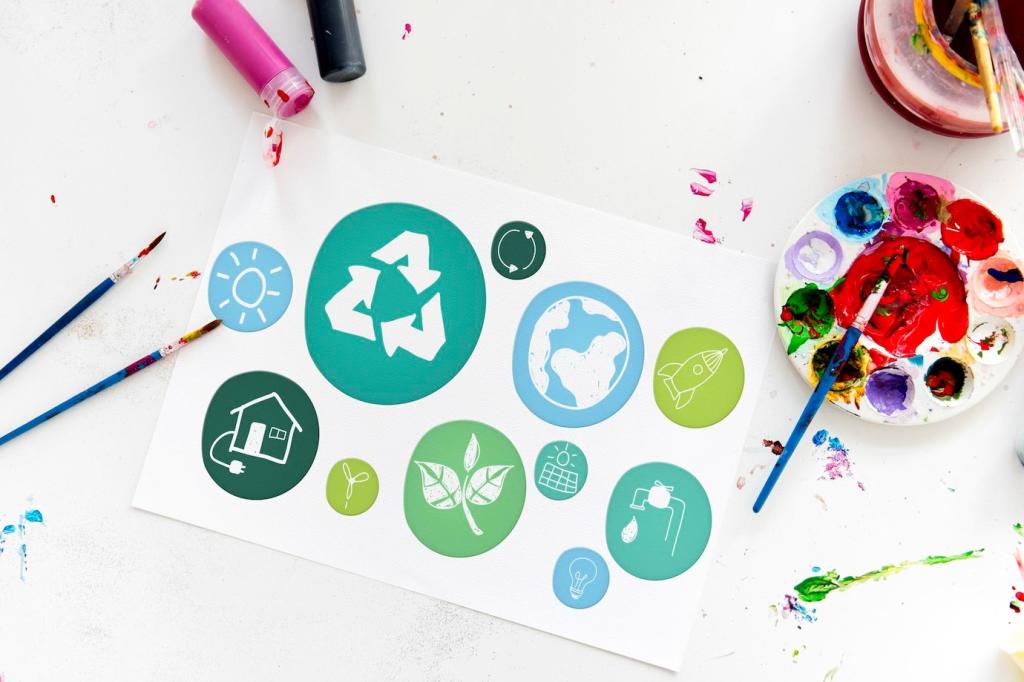

Why Reupholster with Eco-Friendly Fabrics
Every chair saved from the curb is a small victory. Reupholstering keeps bulky furniture out of landfills, cuts demand for new manufacturing, and extends a piece’s useful life while honoring the craftsmanship already embedded in its frame.
Why Reupholster with Eco-Friendly Fabrics
Eco-friendly fabrics and low-VOC adhesives help reduce off-gassing, making a room feel fresher for kids, pets, and sensitive noses. You will breathe easier knowing your favorite reading nook is gentler on your lungs and kinder to the planet.
Choosing Sustainable Fabrics That Last
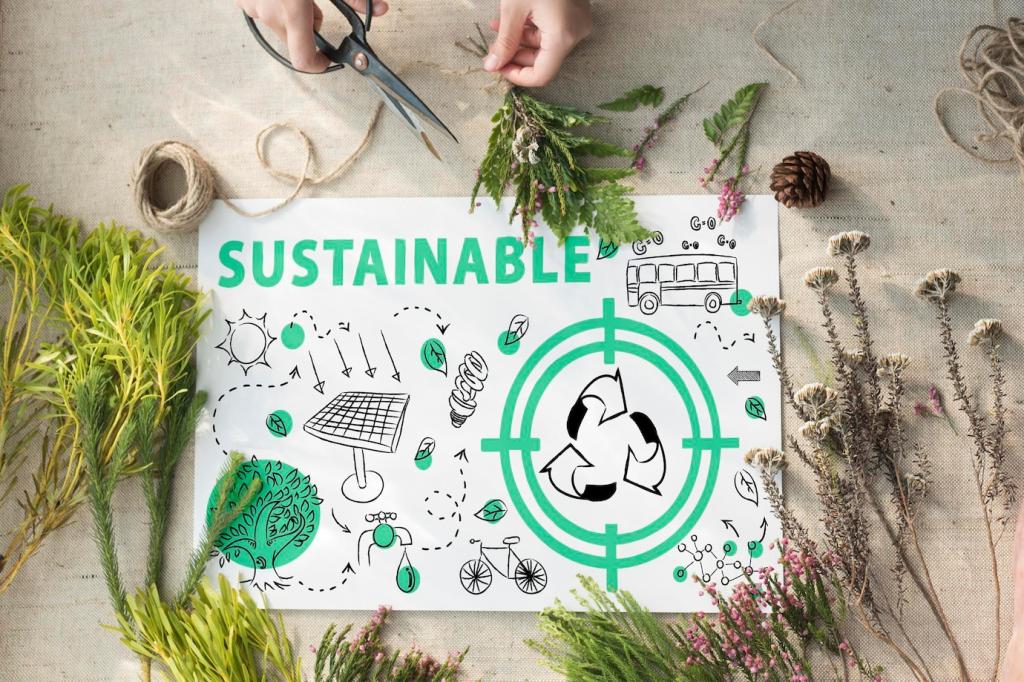
Organic cotton, hemp, and linen offer strength, breathability, and timeless texture. Hemp resists abrasion wonderfully; linen ages with elegance; organic cotton brings soft familiarity. Together they create upholstery that feels grounded, honest, and durable under daily use.

Natural Padding and Support
Swap petroleum foam for natural latex, wool batting, or coconut coir, paired with jute webbing for bounce and breathability. These materials cradle the body comfortably, regulate temperature well, and age with integrity rather than crumbling into dust.
Adhesives, Fasteners, and Finishes
Use water-based, low-VOC contact adhesives and wood glues to reduce fumes. Choose stainless staples or reused tacks when possible. Finish exposed wood with plant-based oils or waxes, giving a warm, repairable sheen that invites touch and simplifies upkeep.
Safety, Prep, and Responsible Disposal
Wear a dust mask and gloves when stripping old fabric, and vacuum with a HEPA filter to capture allergens. Donate intact cushions, recycle metal tacks, and repurpose fabric scraps as cleaning rags to close the loop and minimize project waste.
Step-by-Step: A Practical Reupholstery Walkthrough
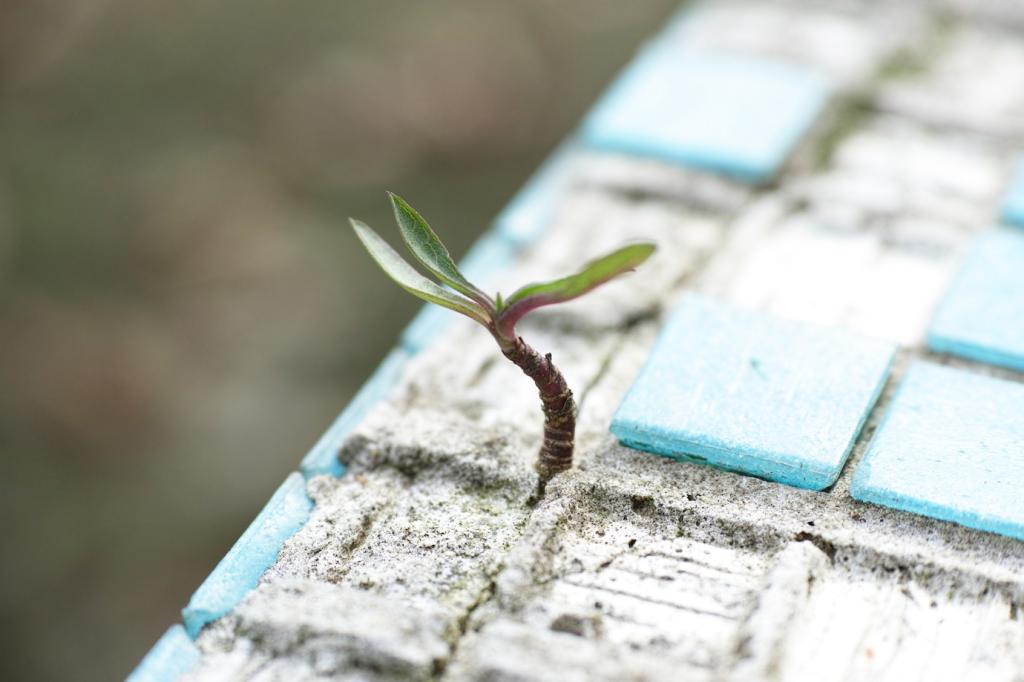
Assess, Document, and Deconstruct
Photograph every angle before removing a single staple. Label panels as you release them so each becomes a pattern piece. Save welting and zipper lengths, noting grainline and seam allowances to guide precise cutting later on.
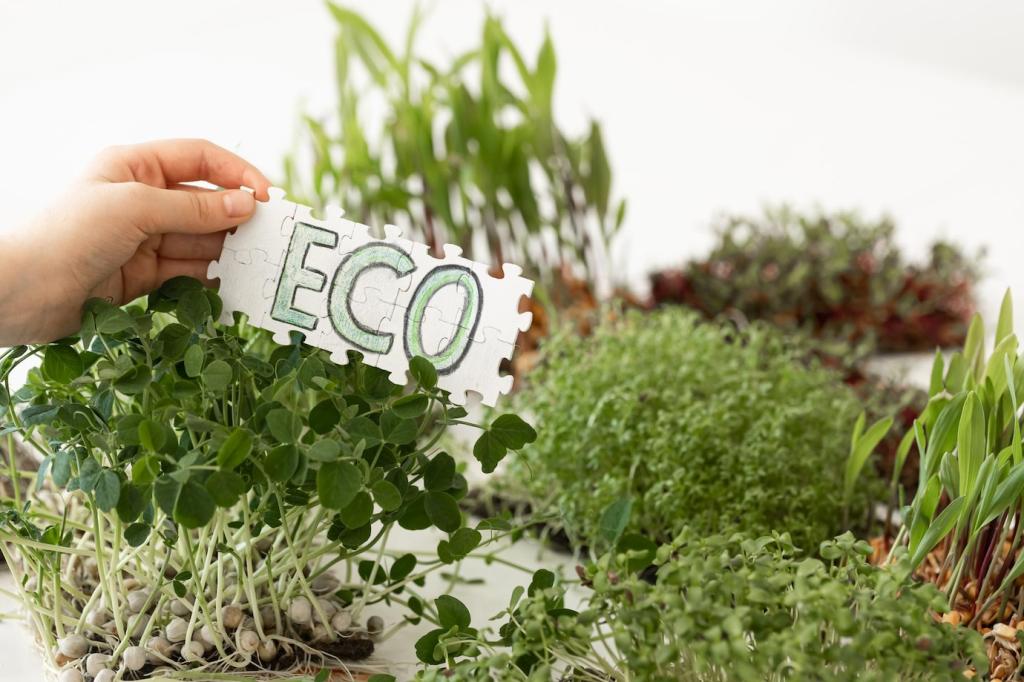
Repair the Frame and Foundation
Tighten joints with low-VOC wood glue and clamps. Replace tired webbing with durable jute, and retie springs if needed. A solid foundation ensures eco-friendly fabric shines, supporting neat lines, smooth surfaces, and long-term comfort you can truly feel.
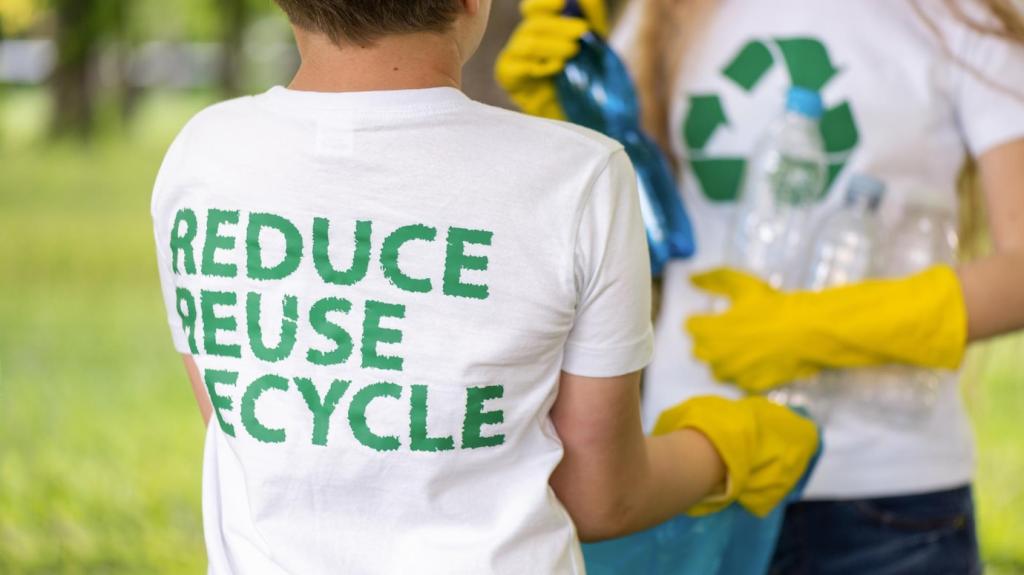
Cut, Sew, and Attach with Care
Prewash natural fabrics to reduce shrinkage. Align grain and pattern repeat, then sew seams, zippers, and welting slowly. Stretch fabric evenly while stapling, fold clean pleats at corners, and use tack strips for crisp edges that look beautifully tailored.
Care, Cleaning, and Lasting Beauty
Routine Maintenance That Matters
Vacuum with a soft upholstery brush weekly, rotate cushions to distribute wear, and shield seats from intense afternoon sun. These habits prevent early fading, preserve loft, and keep your favorite perch inviting day after day.
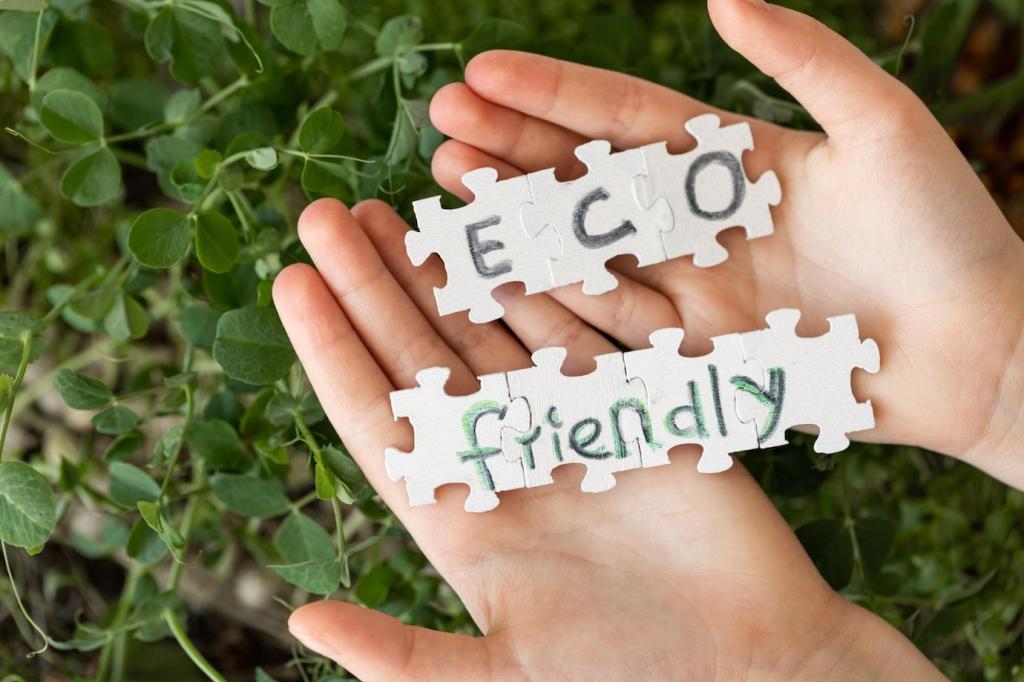

From Curbside to Cozy
We found a sun-faded armchair with great bones but sagging cushions. After a deep clean, jute rewebbing, and new natural latex, the seat regained gentle resilience, inviting guests to linger longer over stories and late-night tea.

Choosing the Right Eco Fabric
A hemp-linen blend in a warm, textured weave transformed the look while shrugging off everyday wear. The subtle slub added personality, and matching piping from fabric offcuts delivered that custom, confident finish without unnecessary waste or extra cost.

Your Turn: Share and Subscribe
Ready to begin your own eco reupholstery adventure? Post questions, share before-and-after photos, and subscribe for monthly fabric guides, tool tips, and reader spotlights. Your ideas help this community grow greener, smarter, and more imaginative together.
